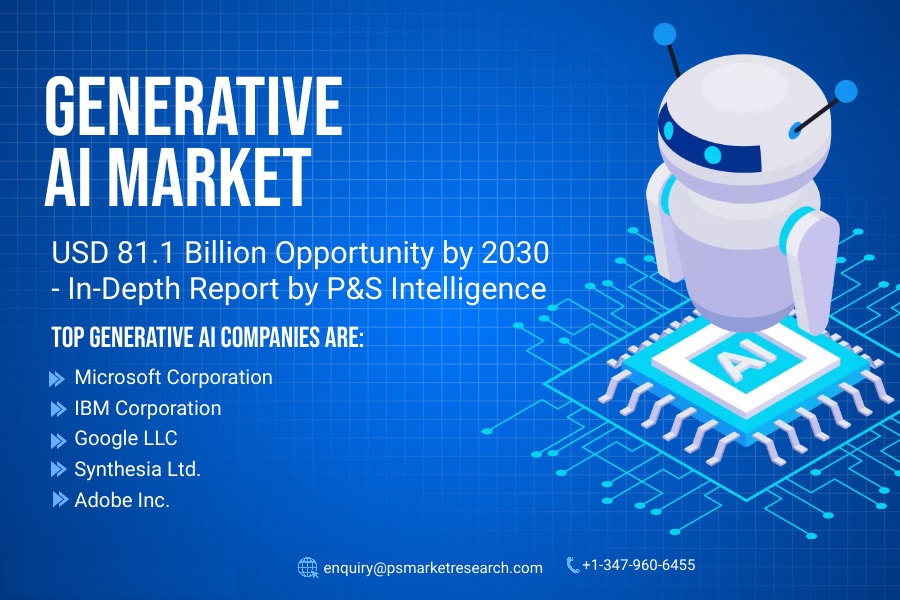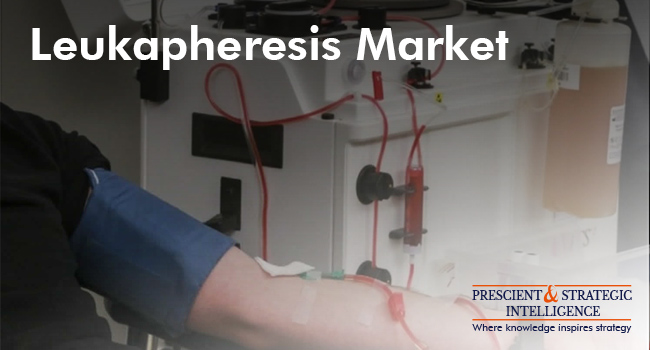The global generative AI market reached USD 15.6 billion in 2024 and is expected to surge to USD 81.1 billion by 2030, showcasing a robust compound annual growth rate (CAGR) of 31.6% during the forecast period. This rapid growth is fueled by the technology’s potential to revolutionize industries through automation and innovation.
Generative AI leverages algorithms capable of producing realistic content by analyzing training data like images, text, and audio. A well-known example is ChatGPT, which is trained on vast datasets to perform tasks such as text summarization, sentiment analysis, and question answering.
Generative Adversarial Networks (GANs) focus on generating new data that closely mimics real-world datasets. Rather than expanding basic AI systems, these advanced methods emphasize deep learning to produce data samples. These models are multi-modal, meaning they can manage several processes at once, significantly enhancing human-machine interaction through natural language processing (NLP).
A key factor driving the growth of the generative AI industry is the development of large language models (LLMs) due to their superior ability to generate, manipulate, and comprehend natural language.
In 2023, the software segment led the market with a revenue share of approximately 55%. Software forms the backbone of generative AI, providing essential algorithms, tools, and frameworks. The natural language processing (NLP) category is also a major player, projected to grow at a CAGR of 31.8% during the forecast period. Advances in NLP are transforming applications such as chatbots, content creation, and AI systems.
The media and entertainment sector is currently the largest end user, and this category is expected to grow at an impressive CAGR of 40% during the projection period. The rapid adoption of AI tools in this sector is driving significant improvements in content creation and distribution.
In 2023, North America held the largest market share, accounting for about 50%. The region’s advanced technological infrastructure, combined with its ability to nurture disruptive AI companies, has positioned it as a leader in the generative AI space. Additionally, rising concerns over banking fraud, increasing healthcare demands, and the growth of pseudo-creativity are further contributing to North America’s dominance in the market.



